The Rise of Street Art: From Graffiti to Gallery

Street art, once the outlaw expression scribbled clandestinely on city walls, has risen to the heights of the fine art world. Described in its infancy as vandalism, graffiti and the broader umbrella of street art have undergone a dramatic transformation, finding recognition and respectability within the white cube spaces of galleries and museums. This vibrant art form is now celebrated for its raw creativity and powerful social commentary, exiting the shadows of urban night and stepping into the light of mainstream acceptance.
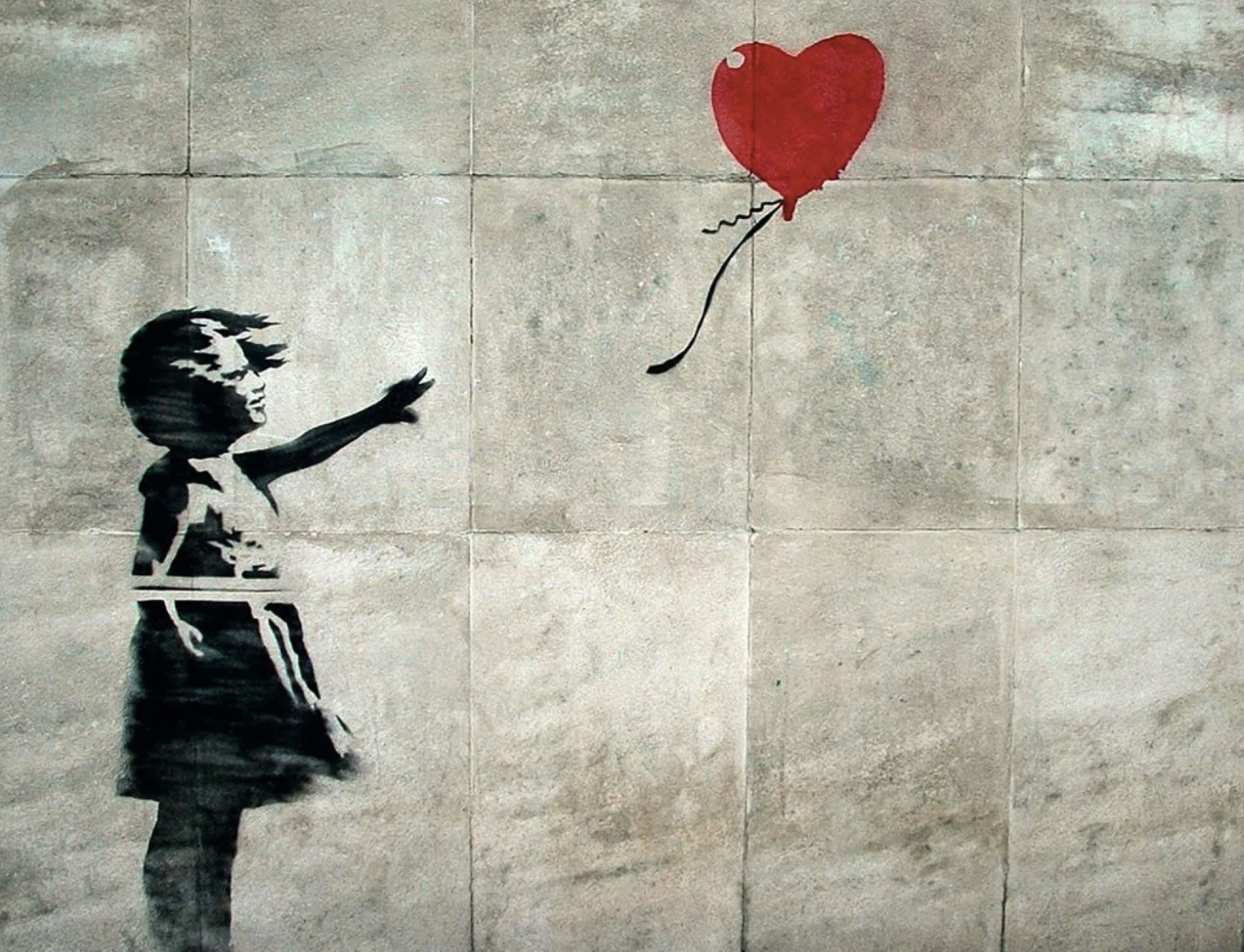
Beginnings of Street Art
The origins of modern street art are often associated with the graffiti movement of the 1960s and 1970s in New York City, where names like Cornbread, TAKI 183, and Lady Pink began tagging the urban landscape. These artists weren't seeking gallery representation; they were claiming visibility in a society that often overlooked them. Graffiti's roots tap deep into a human instinct to mark territory and make public statements; examples can even be found in ancient civilizations.
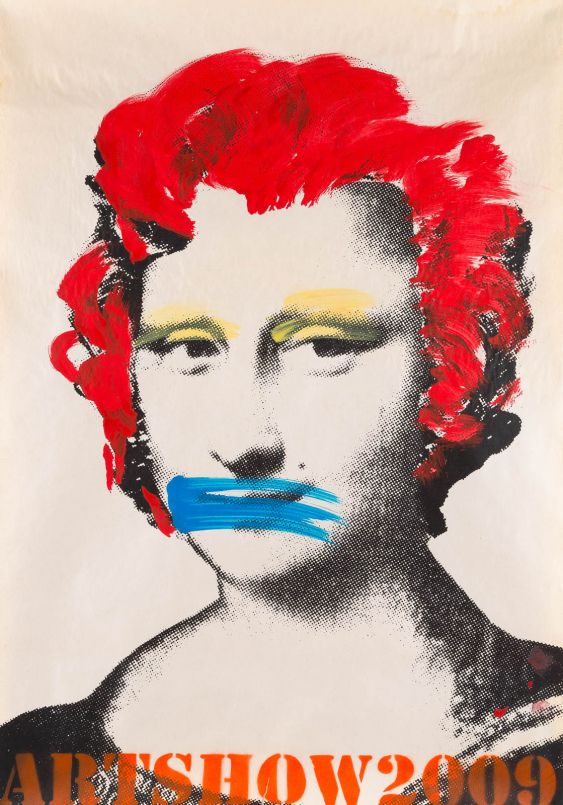
A Movement of Rebellion and Identity
Early street artists used cityscapes as canvases to communicate with their peers and the public at large. Their work was spontaneous, unauthorized, and often carried out under the cover of darkness. It was an art movement built on rebellion, but it was also about identity, community, and the assertion of presence.
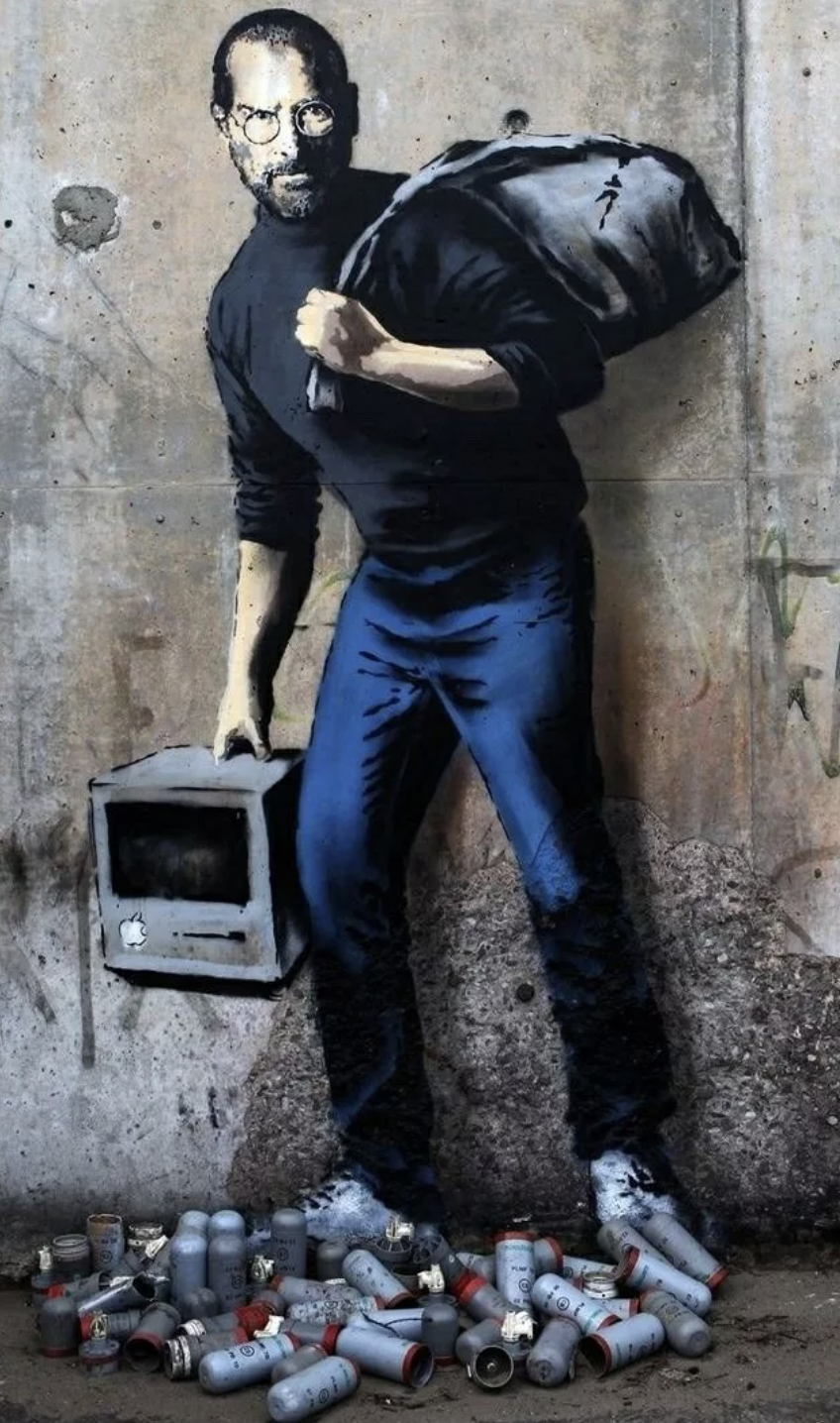
Street Art Goes Mainstream
Over the decades, street art's audience grew as the work expanded in complexity and thematic depth. No longer limited to stylized signatures, artists began producing larger, more elaborate pieces that incorporated imagery, social criticism, and personal narratives.
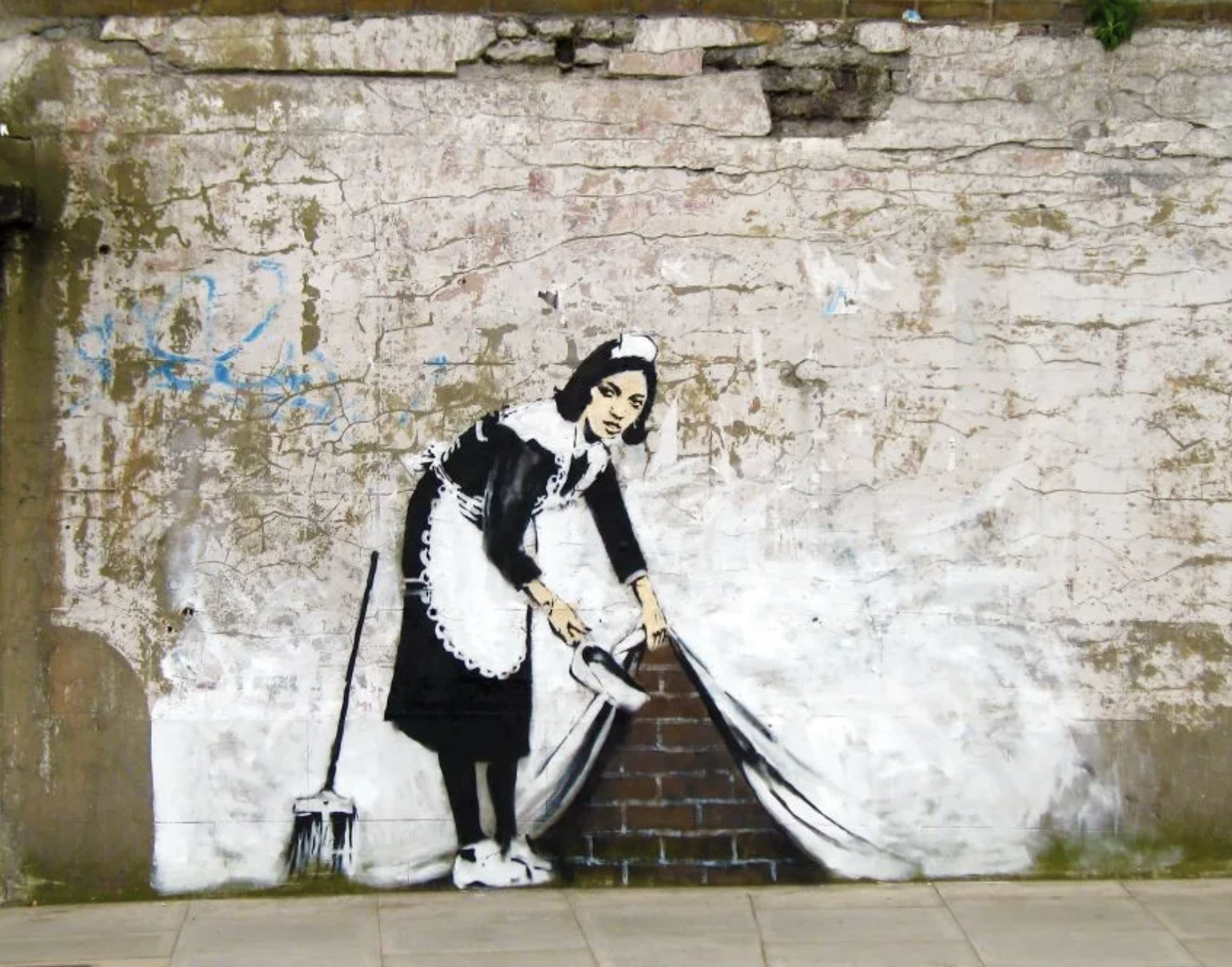
Spotlight on Iconic Figures
The rise to fame of artists like Banksy, Shepard Fairey, and JR, who crosses the boundary between street art and activism, has played a significant role in this evolution. Their work often contains strong political messages and has gained international attention, both through street-side admiration and high-profile auctions.
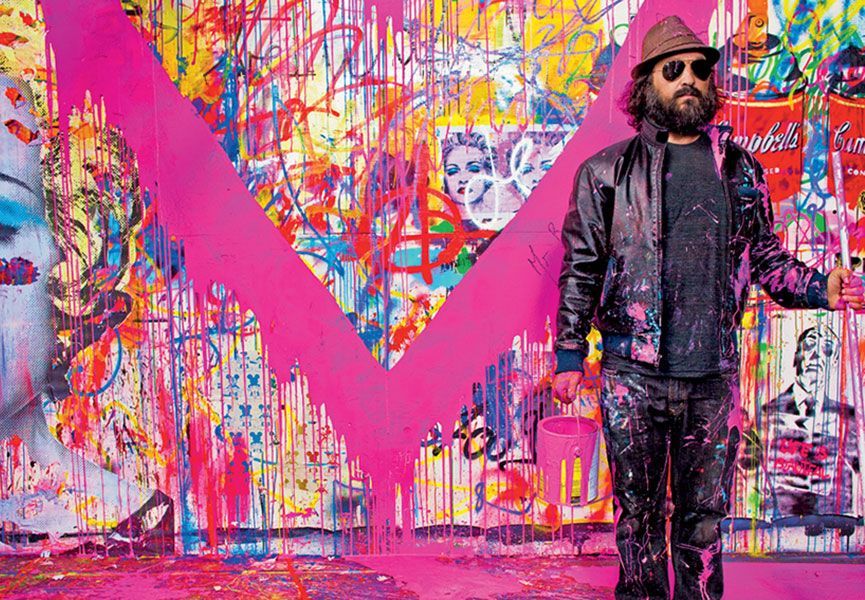
Acceptance by the Art Establishment
While the debate about whether street art constitutes genuine art raged on, the art world began to embrace its undeniable influence and energy. Exhibitions dedicated to street art have since been mounted in major institutions, inviting the spray paint-scented breath of the street into the often sterile and esoteric realm of the gallery.
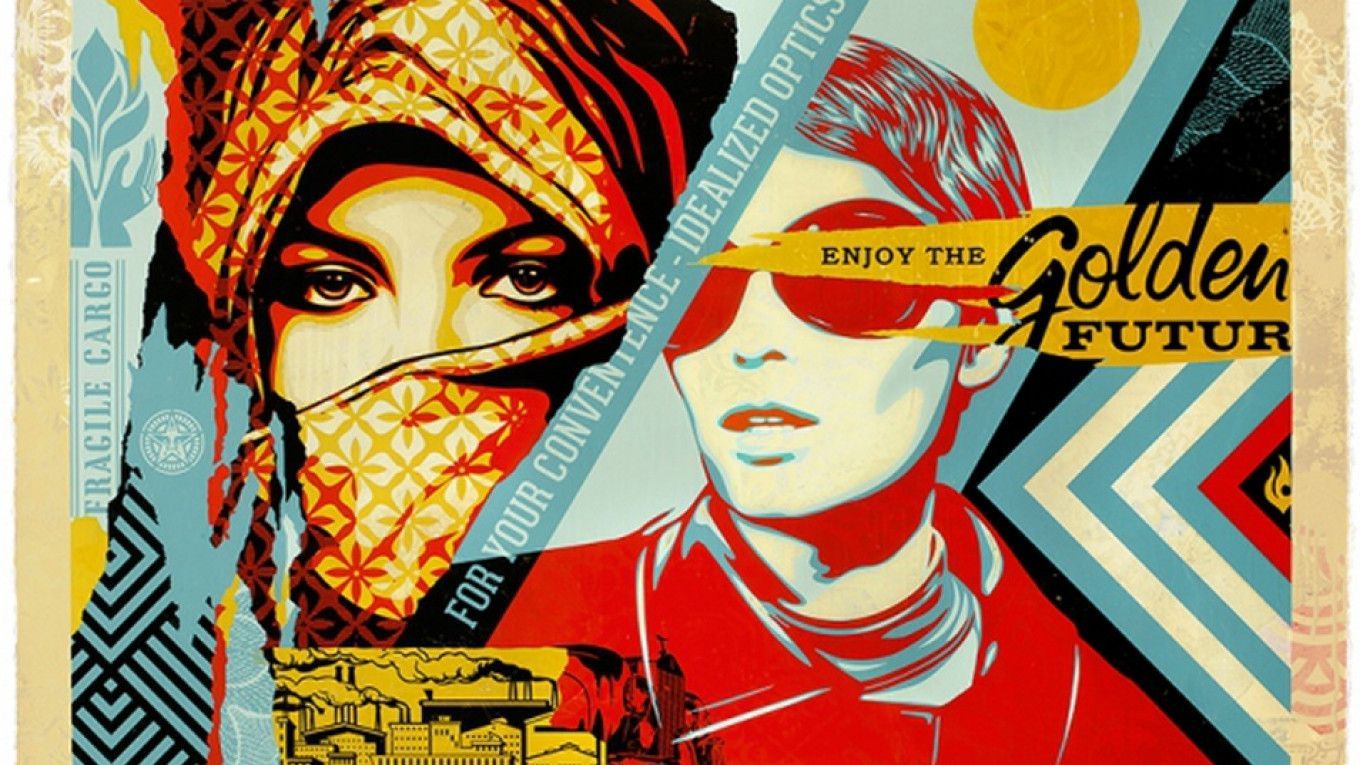
Evolving Perceptions and Valuation
The valuation of street art has seen a parallel transformation, with pieces and installations fetching prices on par with more traditional artworks. Furthermore, as the aesthetic has moved into the gallery space, many street artists have adapted by creating canvas works or limited editions that collectors are eager to invest in.
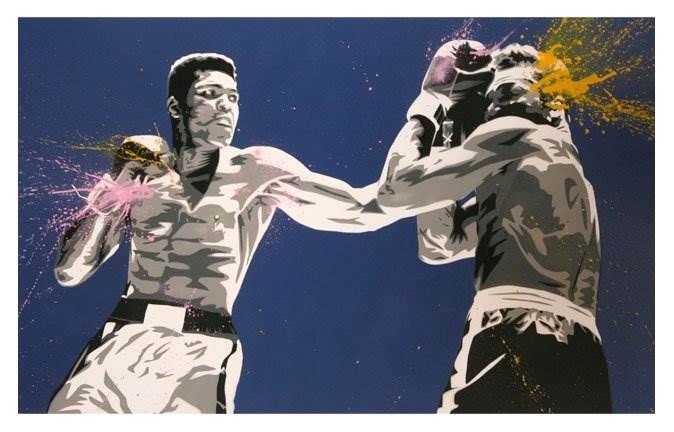
The Changing Landscape of Public Space
Bridging public space and the art world, street art alters our interaction with cities, turning everyday commutes into potentially serendipitous encounters with art. The impermanent nature of street art emphasizes the momentary connection between the work and its environment, challenging notions of permanence and value in art.
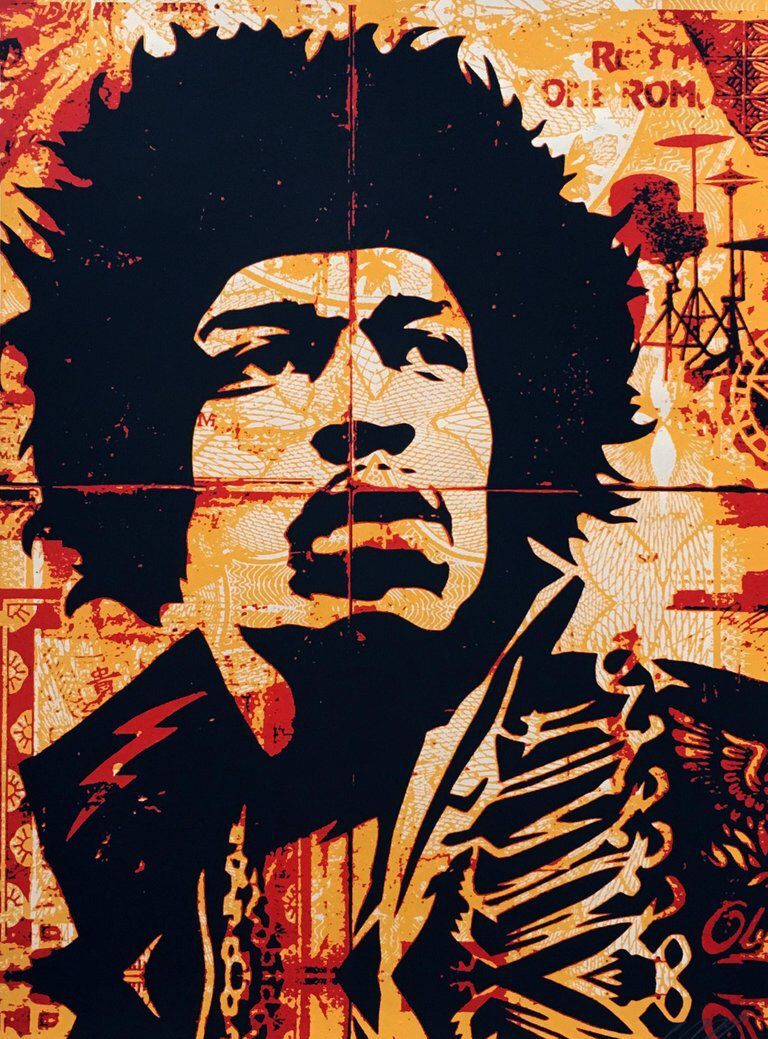
Legal and Ethical Discussions
With this attention comes a myriad of legal and ethical considerations. Advocates for property rights and urban planning wrestle with proponents of creative freedom and community enrichment. Simultaneously, the question of whether relocating street art to a gallery setting removes its contextual potency lingers.
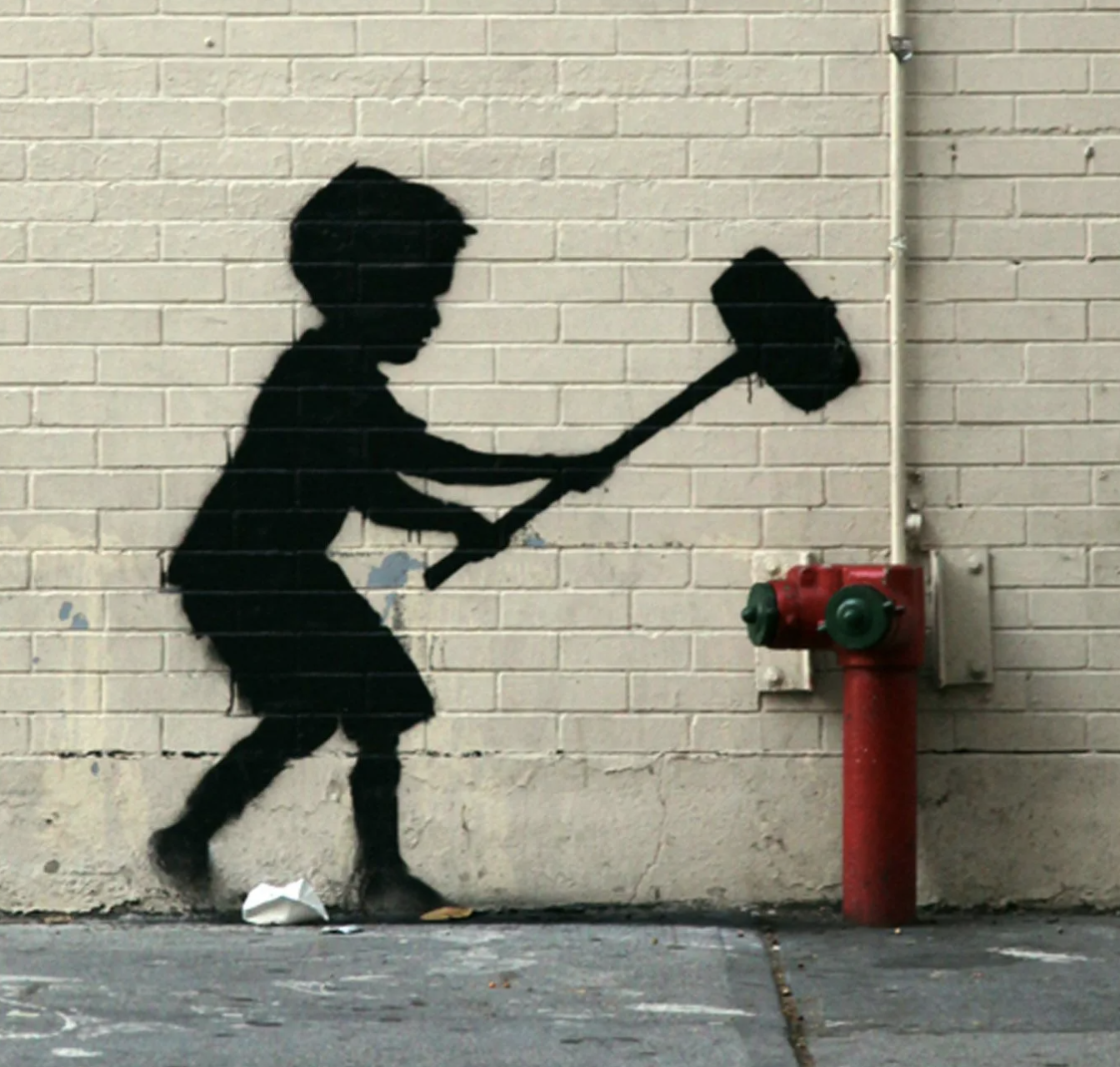
Street Art in the Digital Age
The proliferation of smartphones and social media has rocketed street art to new heights of recognition. Instagram, in particular, plays a significant role, transforming local pieces into global phenomena. Accessibility has been key in the dissemination and popularity of street art, which thrives on digital platforms where images of these fleeting works can live indefinitely.
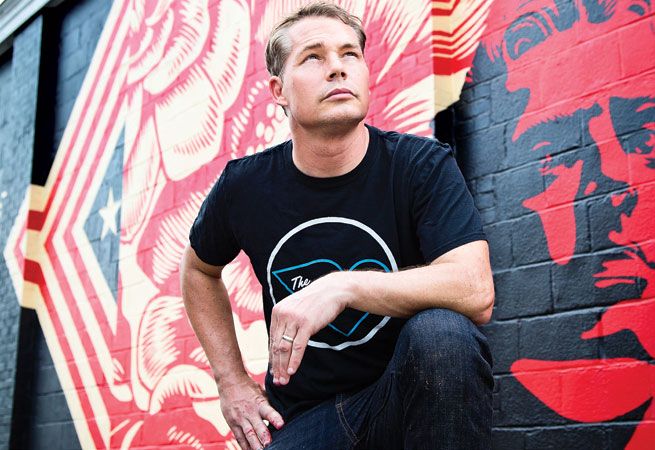
A More Democratic Art Form
Street art's capacity to bypass traditional gatekeepers of culture makes it one of the most democratic art forms in existence. Virtually anyone can be an artist, and any surface can become a canvas. It is art by the people and for the people, truly embodying the democratization of creativity.
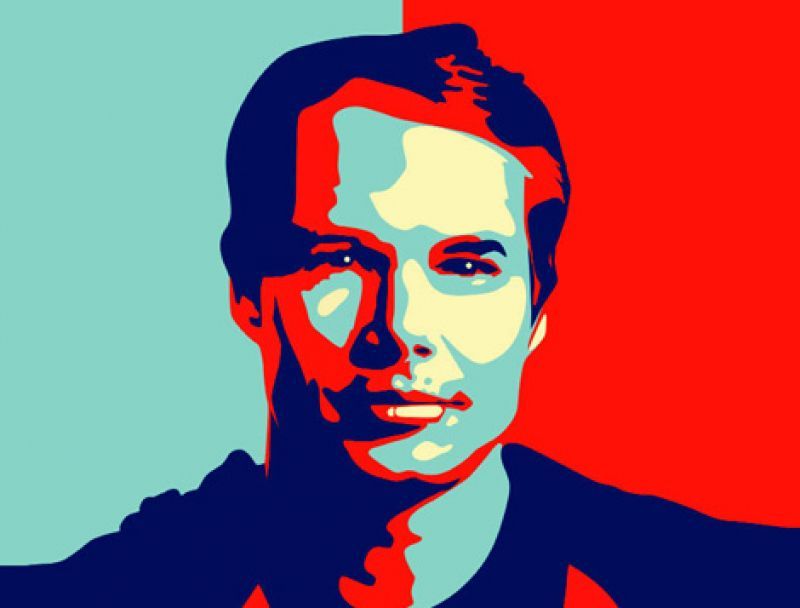
Conclusion
The journey of street art from graffiti to gallery has been one of contention, surprise, and ultimately, vindication. It is a testament to the raw power of visual expression and its ability to connect with a broad audience. Today, street art stands tall—a vibrant and respected voice in the conversation about contemporary art practice and its interaction with urban culture. From the alleys to the art halls, street art continues to inspire, challenge, and redefine our perceptions of art and who it is for.